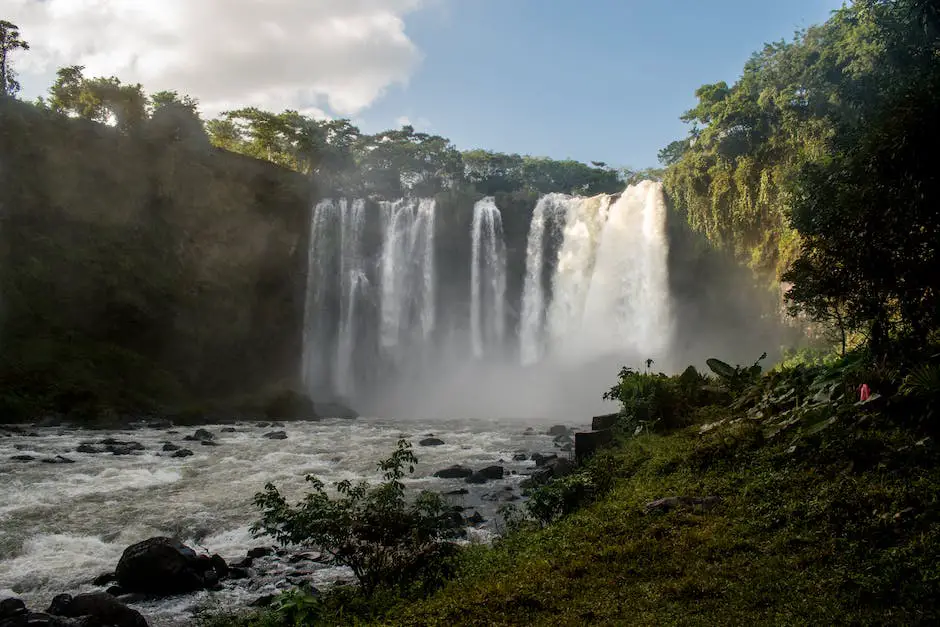
Ah, Veracruz! A city where the Gulf Breeze whispers tales of a rich past, and the architecture stands as a testament to a history as vibrant as its people. It’s a place where every corner tells a story, and if you listen closely, the buildings themselves will speak. I’ve strolled through these streets, marveled at the facades, and delved into the layers of design that make Veracruz a living museum of architectural evolution.
The Roots of Veracruz Architecture
Veracruz’s architectural journey began with the indigenous cultures, long before the Spanish conquest. The Totonacs, a pre-Hispanic civilization, left behind pyramidal structures and ball courts, hinting at their sophisticated urban planning. With the arrival of the Spanish in the 16th century, Veracruz became a melting pot of cultural influences, which is reflected in its buildings.
Colonial architecture took center stage, with the Spanish introducing their baroque style. Churches and fortresses were erected, showcasing intricate stonework and imposing facades. The most iconic example is the San Juan de Ulúa fortress, a marvel of colonial military architecture that has stood the test of time.
Transition to Modernity
As time marched on, Veracruz embraced modernity. The 19th century brought neoclassical influences, visible in the clean lines and grandiose columns of the Municipal Palace. This period was a bridge between the ornate past and a more streamlined future.
By the early 20th century, Art Deco made its mark. The Agustín Lara House, once home to the famous composer, is a prime example with its geometric patterns and stylized forms. It’s a piece of history you can literally walk through, each room a different note in Veracruz’s architectural symphony.
Contemporary Veracruz: A Blend of Old and New
Today, Veracruz is a canvas of contrasting styles. Contemporary buildings stand shoulder to shoulder with historical structures. The city’s port, one of the busiest in Mexico, has necessitated modern infrastructure, yet it’s done so without overshadowing the historical charm.
One can’t help but admire the World Trade Center Veracruz, a modern facility that hosts events and conventions. Its sleek design is a nod to the city’s forward-thinking attitude, yet it doesn’t clash with the traditional architecture that gives Veracruz its soul.
Veracruz Parks’s Architecture: A Green Oasis
Amidst this architectural tapestry, the city’s parks offer a breath of fresh air. They’re not just green spaces but also showcases of architectural prowess. Take the Zócalo, or main square, where the bandstand’s design reflects both French and Mexican influences, a true cultural fusion.
The Parque Zamora is another gem, with its Moorish kiosk serving as a focal point. It’s a place where families gather, music fills the air, and the architecture provides a backdrop to daily life. These parks are the city’s lungs, and their design is as vital as the air they provide.
Preservation and Innovation
Veracruz is constantly evolving, yet it holds onto its heritage with pride. Preservation efforts ensure that historical buildings are not just relics but living parts of the urban landscape. The city understands that its architectural heritage is a treasure to be protected and celebrated.
At the same time, new construction is done with an eye toward sustainability and innovation. Architects are blending traditional materials with modern techniques to create buildings that are both beautiful and environmentally responsible.
FAQs
- What architectural styles can be found in Veracruz?
Veracruz boasts a variety of architectural styles, including indigenous, colonial baroque, neoclassical, Art Deco, and contemporary designs.
- How has Veracruz’s port influenced its architecture?
The port has brought economic growth and diversity, leading to modern infrastructure that complements the city’s historical architecture.
- Are there any preservation efforts for Veracruz’s historical buildings?
Yes, there are ongoing efforts to preserve and restore Veracruz’s historical buildings, ensuring they remain an active part of the city’s culture.
Conclusion
In Veracruz, the past isn’t just remembered; it’s lived. From the ancient Totonac ruins to the bustling modern port, the city’s architecture is a chronicle of its history. The parks, with their unique designs, offer serene retreats amidst the urban landscape. They’re not just green spaces but also stages where the city’s architectural narrative unfolds.
Veracruz’s architecture is a dance between tradition and innovation, a harmony of styles that tells the story of a city ever-evolving yet deeply rooted in its past. It’s a place where every brick and beam has a tale to tell, and I’ve been lucky enough to hear them. For those looking to experience a living history lesson, Veracruz is a destination that won’t disappoint.
So, whether you’re a real estate investor, a homeowner, or simply a lover of beautiful spaces, Veracruz’s architecture is a testament to the city’s vibrant spirit. It’s a rich tapestry woven from countless influences, each thread a part of the larger story of this magnificent port city.
And remember, next time you’re wandering through Veracruz, take a moment to look up and around. You’ll be looking through the Lens of time, at a city that has mastered the art of architectural storytelling.